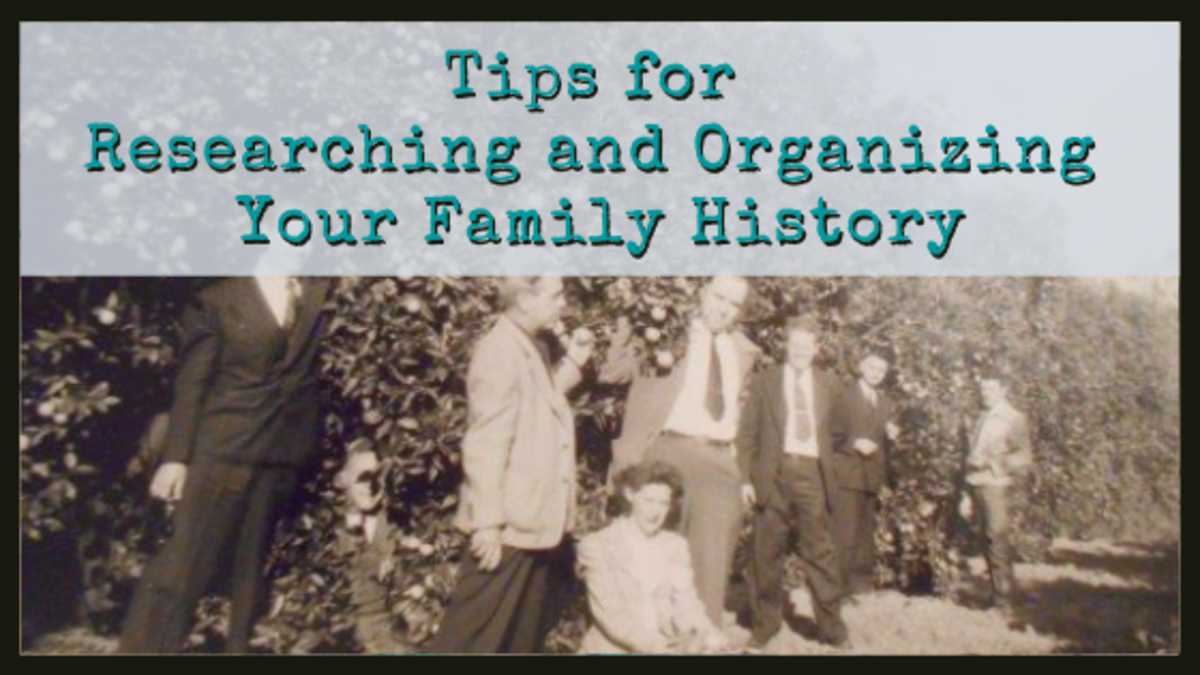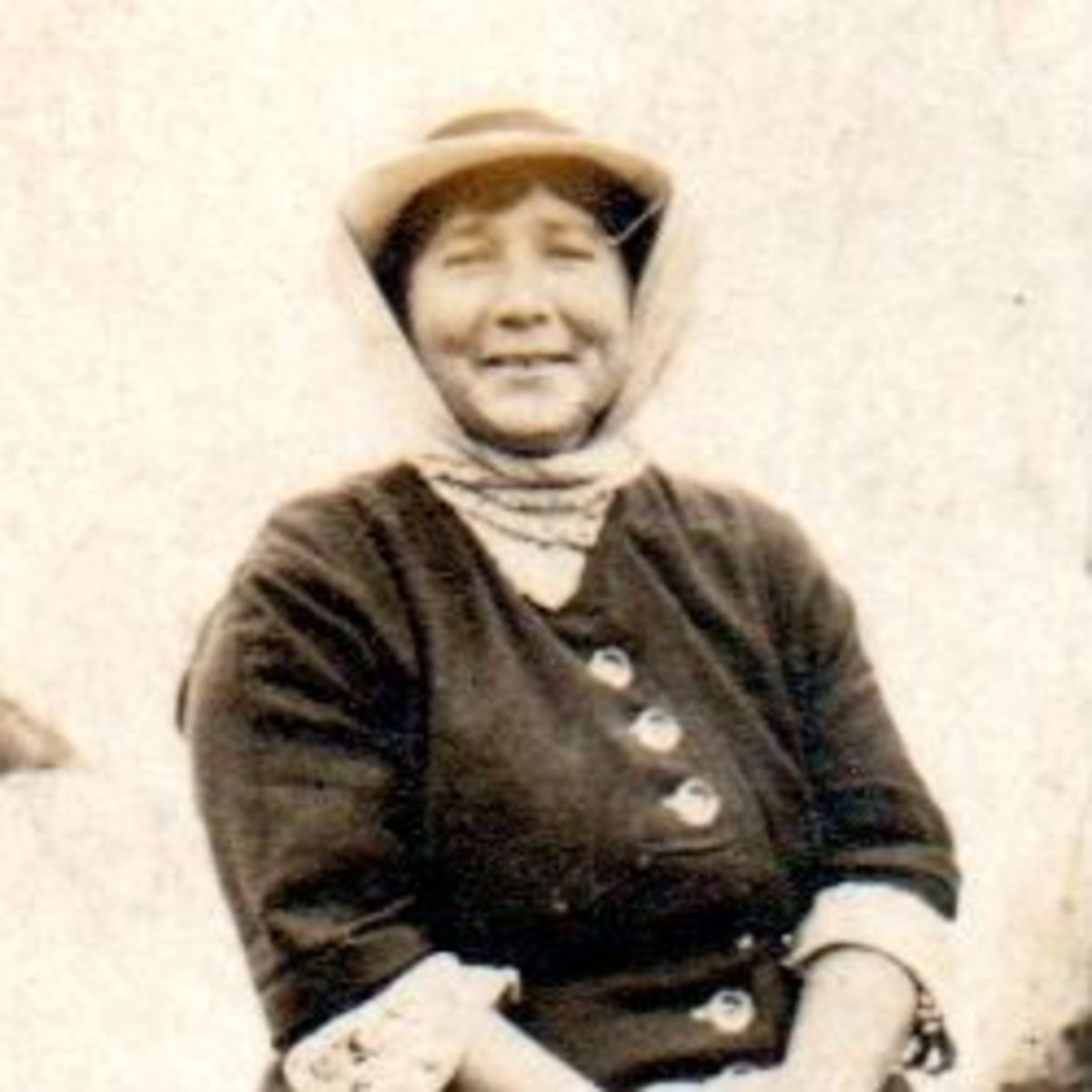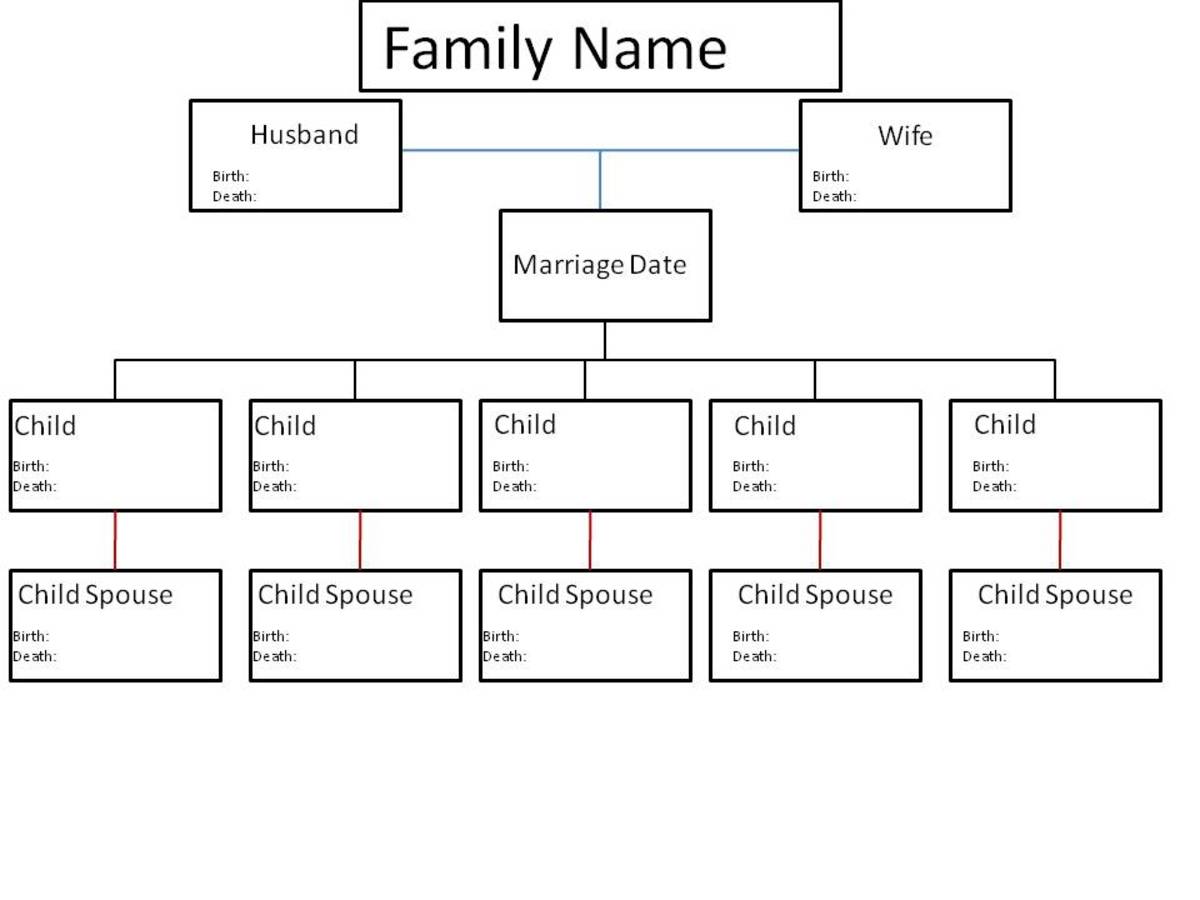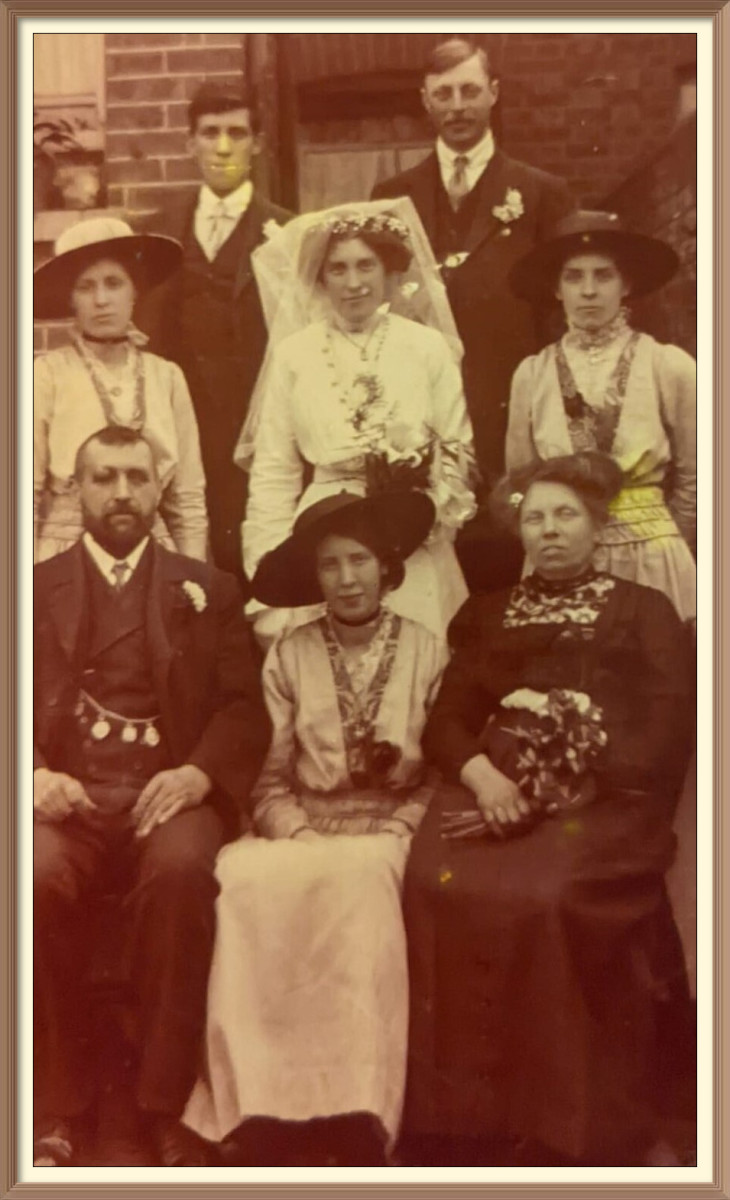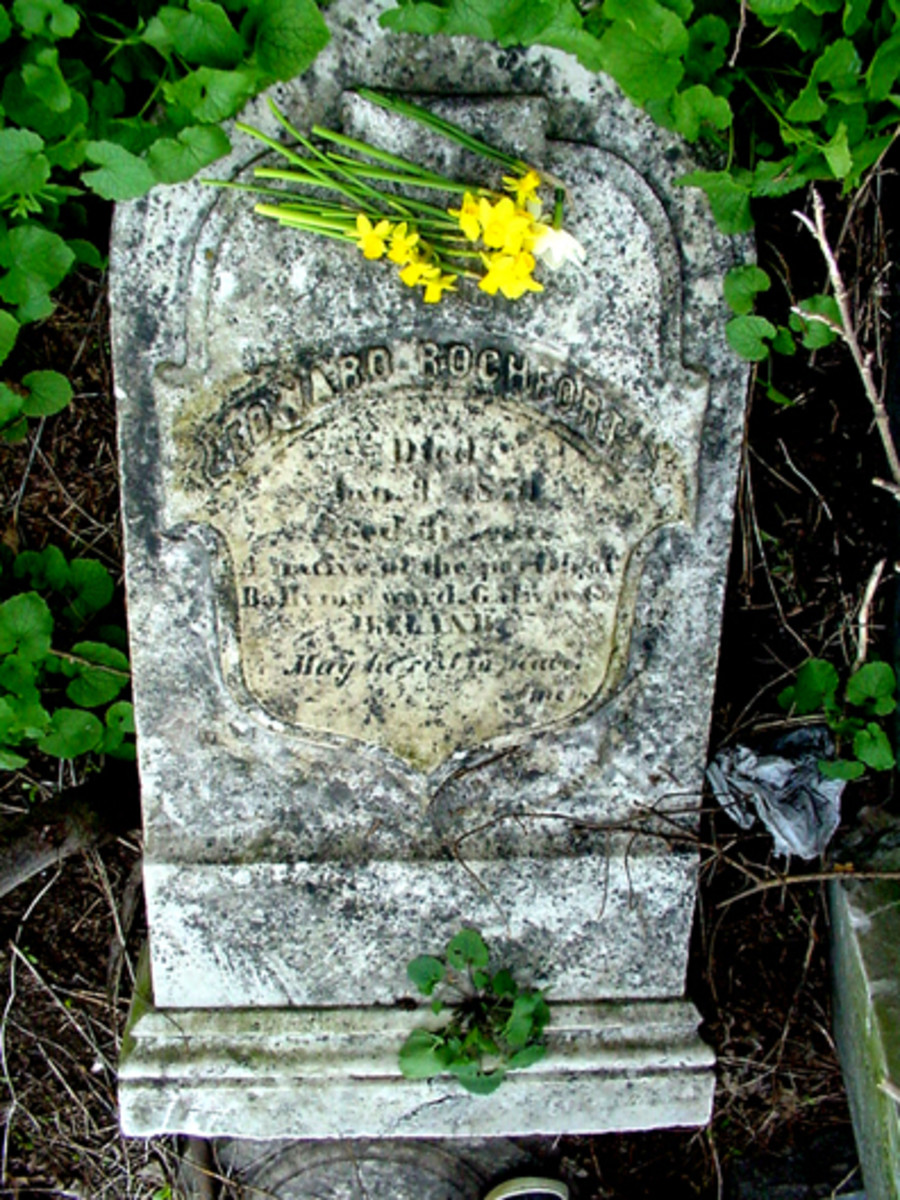The Importance of Documenting The Source in Your Family History Research
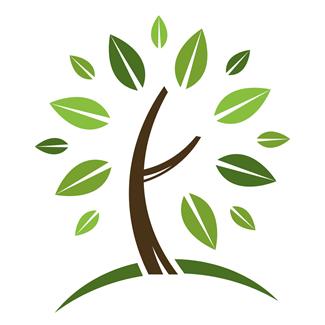
Documenting the source of your family history data may be one of the most important things a family historian should do. If you have been researching for any length of time, you've discovered that the Internet can save you hours of sitting in a court house or library. With so much data available on line, you can add dozens of branches to your tree in just a few hours. There are hundreds of web sites that have actual images of census data, marriage and birth records, obituaries, and the like, but just as you can't believe every word of every story that your uncle Bob told you, you can't believe everything you see on the screen either.
There are many reasons why the data is unreliable:
- Census takers were sometimes paid by the tax collectors. This resulted in children being moved from one household to another to reduce the head count in the household.
- Census takers historically spelled phonetically.
- The legal age to marry varied from state to state and frequently ages were fabricated to obtain a marriage license.
- Census documents were handwritten in the field and the handwriting is sometimes illegible for transcribing.
- Inconsistency in recording names. Some census takers recorded only initials and others recorded nicknames rather than legal names.
- Age and year of birth were often estimated.
So, I think you get the picture. The data is available but it is your responsibility as the family historian to verify the data with multiple sources. It is also inevitable that sooner or later, a question will arise regarding your data. If you have neglected to document your source, it is darn near impossible to verify. I learned this the hard way.
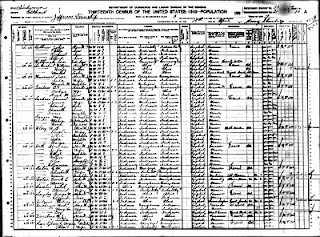
Overcoming The Obstacles
As you build your database, you will begin to find these inconsistencies and, you will learn how to vary your on-line searches to find your ancestors. It just takes diligence and practice. I'll use my own family as an example.
As you probably know, the 1940 Federal Census has been released and some of the more popular sites like Ancestry.com or Familysearch.com have made it available both in transcribed records and through image files. I entered a surname in the search bar and came up with no results. How could that be? My great grandfather had borne 27 children. Why are there no descendants in the 1940 census? And after several frustrating tries, I stumbled upon the answer. Misspelled ! My Roark relatives are found in the 1940 Census as Raakes. Yep, every single one of them.
Thankfully, I've been at this for many years so I didn't waste a whole day looking for my Roarks'. I moved on to another branch and happened to view one of the image files and discovered a nest of my Roarks' that I could only recognize by the common given names.
Over time, I have found children of one relative listed as the son or daughter of another relative. I've found mother-in-laws listed as the spouse of their son-in-law. The problems with the data are endless but it is not impossible to sort out. You just need a lot of patience.
The most important thing you can do for your research is to check the data with multiple sources and provide source citations in your database.
Read More of my Hubs on Genealogy
- Family History - The Value of Obtaining Historical ...
Obtaining official copies of family historical documents is priceless. It not only puts more value on your research but also binds you to your history emotionally. - Family History - Cemeteries, The No-cost Resource fo...
It doesn't have to cost anything to find information on your relatives who have passed on. You can survey a cemetery on your own time and terms or take advantage of the work that's already been done. Learn how.
Source Citations
Why are source citations important? Because if you have them, you can return to the source when you find conflicts in the data. Source citations also validate your work. They will also give you an excuse when Aunt Susan tells you that Uncle Henry wasn't the father of cousin Jim.
Always keep in mind that your research will become a historical document, some how, some way. Whether you publish in print and distribute copies to your family, publish your family tree on the web, or donate your research to a local library or historical society, your work should be validated by the sources you've used.
Most web resources will provide you with a source citation that you can copy and paste into your database. Use them. They make life easy. If your data was communicated orally by a relative, create a source in your database for Oratory and use the comment field to document the name of the relative, date of the story, etc. When your source is a newspaper, create a source for that paper and use the comment field to document the date of publication, the section, and the page number, etc.
Remember, the sources you create should provide at least the following information:
- Name of the source
- Type of Source (newspaper, oral interview, etc.)
- Address of source (either physical or Internet address)
- Date of publication or access
- Location of the source
- Chapter, page, section, etc. for printed sources
Just keep in mind that your source is the road map to the information you have gathered. It may be useful to you, or to those who enjoy your research years from now. It may feel burdensome but trust me, it's worth it. You want your work to have value and be taken seriously. After all, you haven't spent a lifetime doing this only to have your work devalued or discounted.

Internet Sources For Verifying Data
I've never liked talking about problems without offering a possible solution so although it is not comprehensive, these are some of the sources I use to verify my data. Remember, there are thousands more available but these are simple to use. I open them in multiple tabs in my browser and bounce back and forth between them at random.
Links to Web Resources
- FamilySearch.org
Free access to millions of historical documents provided by the Church of Jesus Christ of Latter-day Saints. - Ancestry.com
Many free sources available or you can purchase a subscription and gain access to thousands of sources. - Find A Grave - Millions of Cemetery Records
Find A Grave is a free resource for finding the final resting places of your ancestors. - RootsWeb.com
RootsWeb - the Internet's oldest and largest FREE genealogical community. Searchable databases, free Web space, mailing lists, message boards, and more. - Obituaries.com
Search national obituaries. - Native American Roles from the National Archives
- WorldVitalRecords.com
Search through more than 3.6 billion records, including vital records.
What Did I Say?
I've covered a lot of territory here on a superficial level but if you only take one thing from this hub, it is this....
PROTECT AND DOCUMENT YOUR WORK !
Life happens. We never know what is around the next bend. You've spent a lifetime collecting your family history. Protect it. Make a back up copy periodically and store it away from your home. Back up, back up, back up your data files. Computers are unpredictable. You certainly don't want one computer to be the single repository of all that work. Make digital copies of your photographs and store them on a flash drive or disc. If you have original documents, make digital copies and store the originals in a fire-proof, water-proof container. I would even suggest a safe deposit box or a personal safe.
You chose to do this so be responsible. You are after all, the family historian. Happy hunting!
© 2012 Linda Crist, All rights reserved.


